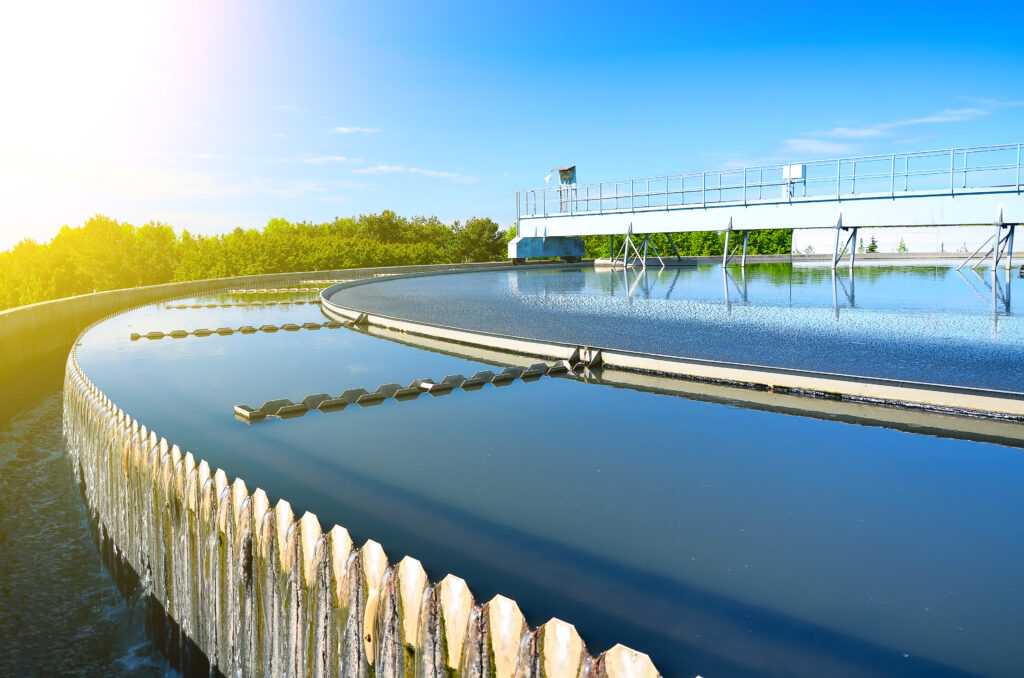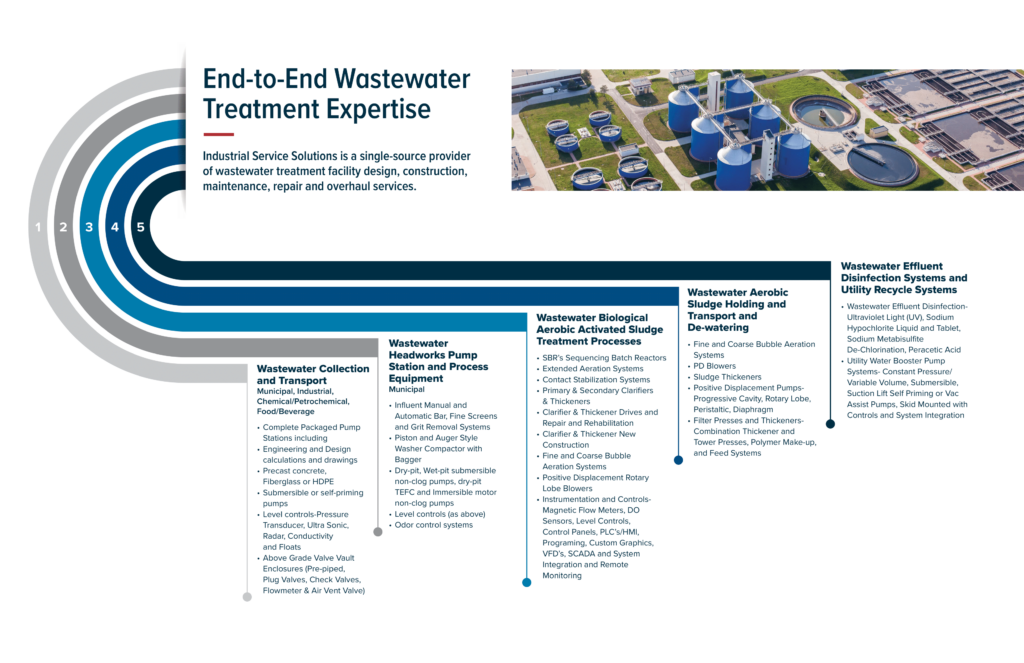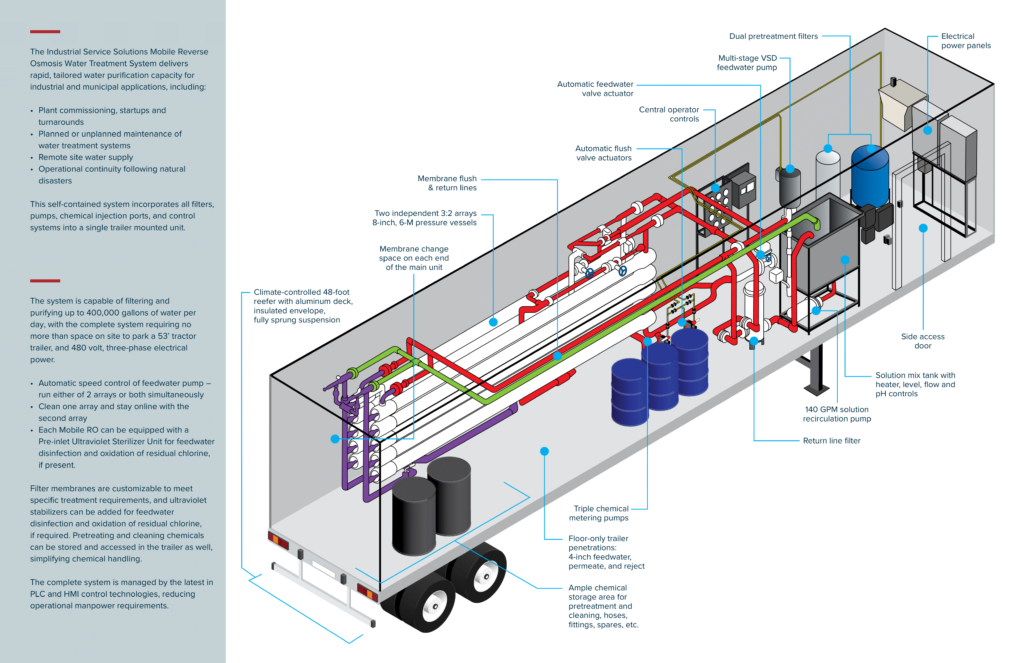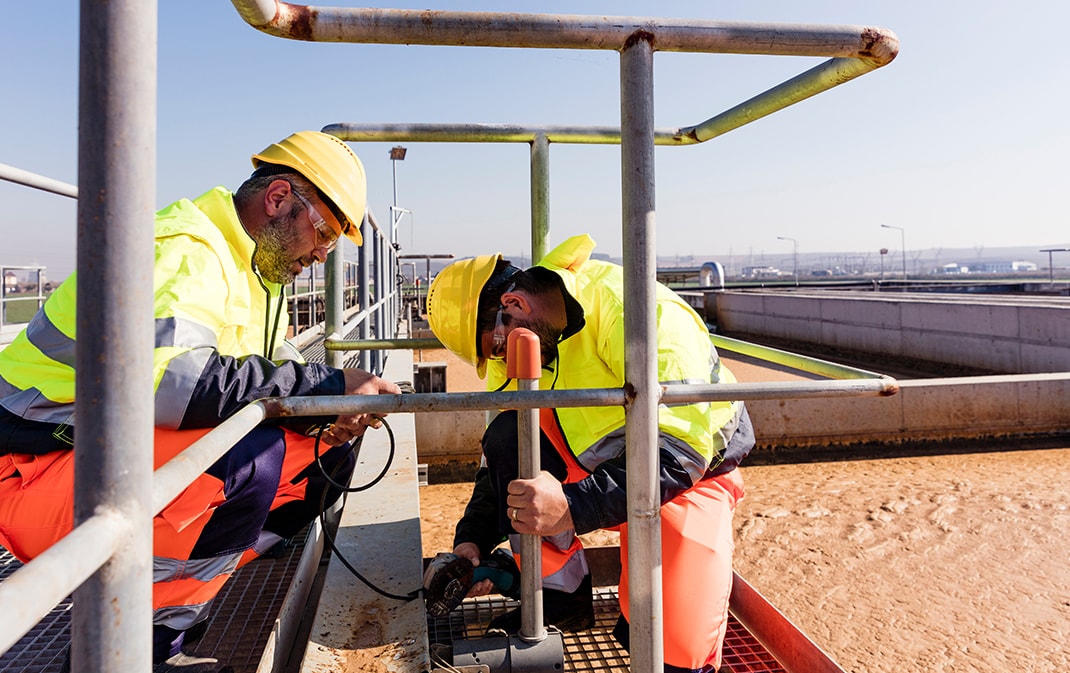Reimagining U.S. Water Infrastructure for Tomorrow
Understanding the complexities of water and wastewater challenges demands a thorough analysis. Insights from recent government reports, notably addressing today’s evolving water crisis, show the different aspects that are currently shaping the state of water infrastructure in the United States.
The landscape is marked by increasing vulnerabilities within public water systems and a history of neglect and underinvestment. The answer to this problem could lie in partnerships between the public and private sectors that combine expert knowledge with forward-looking strategies.
Breaking Down the Water Crisis
Our nation is currently at a pivotal juncture regarding water and wastewater management. Digging deeper into this issue reveals two key areas demanding immediate attention: the infrastructure challenges we’re facing and the underlying root causes behind them.
Infrastructure Challenges
The United States is facing a significant challenge with its water infrastructure. With a large network of over 150,000 public water systems, and about 80% of these managed by local governments, the size of the problem is clear.
What’s troubling is that a substantial portion of these systems are old. Their risk of cyber attacks and climate issues makes the situation more urgent. As pointed out by the National Infrastructure Advisory Council (NIAC), our current infrastructure strategy is skirting the edge of sustainability.
The effects of climate change aren’t just hypothetical, though. We’re in a tough situation, trying to meet the increasing demands for water with less certainty of a steady supply, thanks to the growing number of external threats.

Root Causes
Our water and wastewater systems have been subjected to prolonged years of neglect. A combination of underfunding and underinvestment has left us scrambling to address current issues, while also raising concerns about how ready we are for the future.
Nitin Natarajan, the deputy director of the Cybersecurity and Infrastructure Security Agency, echoes these concerns. In his words, “building resilience in our water systems really can’t be overstated.”
But it’s not just about dealing with existing problems. Natarajan stresses taking a forward-thinking approach. In his view, our strategies should aim to prevent problems, keep systems running, and be able to recover quickly.

Funding Gaps
The NIAC draft report also unveiled a worrisome trend: the U.S. government’s share of capital costs in water infrastructure declined from 60% in 2010 to just 10% by 2020. Against this backdrop, the American Society of Civil Engineers identified an $81 billion investment gap for our water systems in 2019.
On a brighter note, the Infrastructure Investment and Jobs Act signed into law in 2021 allocated $50 billion to the EPA for water and wastewater improvements spanning five years. While this funding aids in addressing the deficit, it doesn’t provide a complete solution given today’s political environment.

Paving the Way Forward
The road ahead, however, is navigable. For the industry to address the challenges in water and wastewater treatment, we must change how we think and act. Engineering firms, municipalities, and civil engineers have important roles to play in the reshaping of this landscape.
Embracing Cutting-Edge Technology
The case for using technology in this sector extends far beyond just staying updated. Using the latest in system monitoring and information management is no longer an option—it’s required. By doing so:
- We strengthen our defenses against external threats and also create new job opportunities in the sector.
- We can also optimize the functionality of essential parts like pumps and valves by using digital technology, leading to more efficient operations.

Revitalizing the Workforce Through Diversity
A dynamic and diverse workforce can be the very lifeblood of innovative solutions. The call from NIAC for more diversity and inclusion is not only about representation; it’s about bringing together different skills and viewpoints. For those who might think this sector is unappealing:
- Remember, it’s a field full of complex and pressing challenges, and, most importantly, vast potential for groundbreaking solutions.
Tapping into the Power of Public-Private Synergy
Public entities should not have to share the entire responsibility for improving our water infrastructure. Here’s where working together can make a real difference:
- The private sector, with its ability to innovate, can lead to big changes.
- Tools like public-private partnerships and infrastructure banks can provide the capital and know-how needed.
Key point: The obstacles before us, though formidable, can be overcome. With a mix of new strategies, smart investments, and a willingness to work together, we can set the course for resilient water infrastructure.
Navigating the Evolving Water Landscape Together
While the water infrastructure challenges can be intricate and demanding, companies with the right mix of expertise and commitment, like Industrial Service Solutions (ISS), can make a difference.

Delving Deeper: ISS’ Expertise
While basic water infrastructure issues may be easy to understand, ISS can go deeper, providing a detailed understanding of the problems that municipalities are facing with actionable insights.
- With ISS, you don’t just get water systems; you’ll get forward-thinking solutions that are ready for the future.
Our designs in water and wastewater treatment don’t just meet today’s needs; they are made with the future in mind.
Beyond Solutions: An ISS Commitment
In the water infrastructure space, challenges are not only about water and wastewater systems; they are about time, resilience, and trust. This is where ISS truly shines.

- ISS’ focus on solutions is not a buzzword—it’s a promise to be there even while facing the toughest challenges.
Moreover, ISS doesn’t only help when things are going well; we are committed to helping local governments during emergencies. Whether it’s recovering from a natural disaster or fixing a sudden system malfunction, our ability to promptly help municipalities restore safe drinking water is a testament to our dedication.
It’s not only about restoring water; it’s about rebuilding trust and making sure communities can rely on us, no matter what they face.
Charting the Waters Ahead with ISS
As we look toward the future, the importance of companies like ISS is clear. Making sure water management in the U.S. is sustainable is no small task, but with the right partners, it becomes achievable.

For all stakeholders, from engineering firms to municipalities, there’s a clear message here. Working with ISS is not just about getting the best in water infrastructure. It’s a partnership aimed at the future, creating a place where water sustainability and security aren’t afterthoughts but priorities.
In the rapidly shifting landscape of water management, staying ahead requires more than just wanting to—it demands action. ISS is ready to guide, support, and innovate. So, make the clear choice: join with ISS and move confidently toward a resilient water future.
Contact ISS today, because the future of water doesn’t wait.


